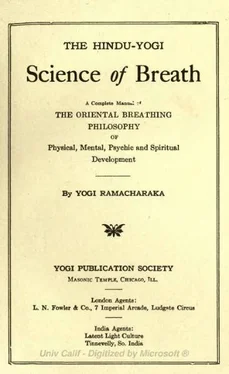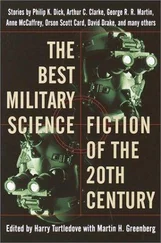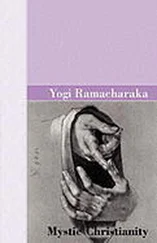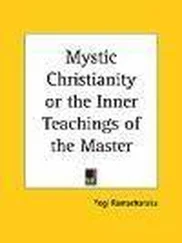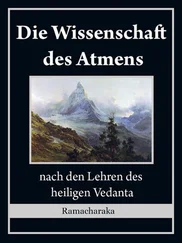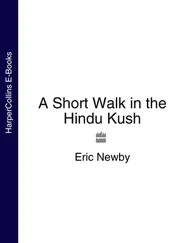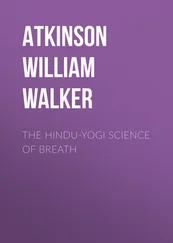THE YOGI COMPLETE BREATH.
Yogi Complete Breathing includes all the good points of High Breathing, Mid Breathing and Low Breathing, with the objectionable features of each eliminated. It brings into play the entire respiratory apparatus, every part of the lungs, every air-cell, every respiratory muscle. The entire respiratory organism responds to this method of breathing, and the maximum amount of benefit is derived from the minimum expenditure of energy. The chest cavity is increased to its normal limits in all directions and every part of the machinery performs its natural work and functions.
One of the most important features of this method of breathing is the fact that the respiratory muscles are fully called into play, whereas in the other forms of breathing only a portion of these muscles are so used. In Complete Breathing, among other muscles, those controlling the ribs are actively used, which increases the space in which the lungs may expand, and also gives the proper support to the organs when needed, Nature availing herself of the perfection of the principle of leverage in this process. Certain muscles hold the lower ribs firmly in position, while other muscles bend them outward.
Then again, in this method, the diaphragm is under perfect control and is able to perform its functions properly, and in such manner as to yield the maximum degree of service.
In the rib-action, above alluded to, the lower ribs are controlled by the diaphragm which draws them slightly downward, while other muscles hold them in place and the intercostal muscles force them outward, which combined action increases the mid-chest cavity to its maximum. In addition to this muscular action, the upper ribs are also lifted and forced outward by the intercostal muscles, which increases the capacity of the upper chest to its fullest extent.
If you have studied the special features of the four given methods of breathing, you will at once see that the Complete Breath comprises all the advantageous features of the three other methods, plus the reciprocal advantages accruing from the combined action of the high-chest, mid-chest, and diaphragmatic regions, and the normal rhythm thus obtained.
In our next chapter, we will take up the Complete Breath in practice, and will give full directions for the acquirement of this superior method of breathing, with exercises, etc.
CHAPTER VIII. HOW TO ACQUIRE THE YOGI COMPLETE BREATH.
The Yogi Complete Breath is the fundamental breath of the entire Yogi Science of Breath, and the student must fully acquaint himself with it, and master it perfectly before he can hope to obtain results from the other forms of breath-mentioned and given in this book. He should not be content with half-learning it, but should go to work in earnest until it becomes his natural method of breathing. This will require work, time and patience, but without these things nothing is ever accomplished. There is no royal road to the Science of Breath, and the student must be prepared to practice and study in earnest if he expect to receive results. The results obtained by a complete mastery of the Science of Breath are great, and no one who has attained them would willingly go back to the old methods, and he will tell his friends that he considers himself amply repaid for all his work. We say these things now, that you may fully understand the necessity and importance of mastering this fundamental method of Yogi Breathing, instead of passing it by and trying some of the attractive looking variations given later on in this book. Again, we say to you: Start right, and right results will follow; but neglect your foundations and your entire building will topple over sooner or later.
Perhaps the better way to teach you how to develop the Yogi Complete Breath, would be to give you simple directions regarding the breath itself, and then follow up the same with general remarks concerning it, and then later on giving exercises for developing the chest, muscles and lungs which have been allowed to remain in an undeveloped condition by imperfect methods of breathing. Right here we wish to say that this Complete Breath is not a forced or abnormal thing, but on the contrary is a going back to first principles-a return to Nature. The healthy adult savage and the healthy infant of civilization both breathe in this manner, but civilized man has adopted unnatural methods of living, clothing, etc., and has lost his birthright. And we wish to remind the reader that the Complete Breath does not necessarily call for the complete filling of the lungs at every inhalation. One may inhale the average amount of air, using the Complete Breathing Method and distributing the air inhaled, be the quantity large or small, to all parts of the lungs. But one should inhale a series of full Complete Breaths several times a day, whenever opportunity offers, in order to keep the system in good order and condition.
The following simple exercise will give you a clear idea of what the
Complete Breath is:
(1) Stand or sit erect. Breathing through the nostrils, inhale steadily, first filling the lower part of the lungs, which is accomplished by bringing into play the diaphragm, which descending exerts a gentle pressure on the abdominal organs, pushing forward the front walls of the abdomen. Then fill the middle part of the lungs, pushing out the lower ribs, breast-bone and chest. Then fill the higher portion of the lungs, protruding the upper chest, thus lifting the chest, including the upper six or seven pairs of ribs. In the final movement, the lower part of the abdomen will be slightly drawn in, which movement gives the lungs a support and also helps to fill the highest part of the lungs.
At first reading it may appear that this breath consists of three distinct movements. This, however, is not the correct idea. The inhalation is continuous, the entire chest cavity from the lowered diaphragm to the highest point of the chest in the region of the collar-bone, being expanded with a uniform movement. Avoid a jerky series of inhalations, and strive to attain a steady continuous action. Practice will soon overcome the tendency to divide the inhalation into three movements, and will result in a uniform continuous breath. You will be able to complete the inhalation in a couple of seconds after a little practice.
(2) Retain the breath a few seconds.
(3) Exhale quite slowly, holding the chest in a firm position, and having the abdomen in a little and lifting it upward slowly as the air leaves the lungs. When the air is entirely exhaled, relax the chest and abdomen. A little practice will render this part of the exercise easy, and the movement once acquired will be afterwards performed almost automatically.
It will be seen that by this method of breathing all parts of the respiratory apparatus is brought into action, and all parts of the lungs, including the most remote air cells, are exercised. The chest cavity is expanded in all directions. You will also notice that the Complete Breath is really a combination of Low, Mid and High Breaths, succeeding each other rapidly in the order given, in such a manner as to form one uniform, continuous, complete breath.
You will find it quite a help to you if you will practice this breath before a large mirror, placing the hands lightly over the abdomen so that you may feel the movements. At the end of the inhalation, it is well to occasionally slightly elevate the shoulders, thus raising the collarbone and allowing the air to pass freely into the small upper lobe of the right lung, which place is sometimes the breeding place of tuberculosis.
At the beginning of practice, you may have more or less trouble in acquiring the Complete Breath, but a little practice will make perfect, and when you have once acquired it you will never willingly return to the old methods.
Читать дальше
